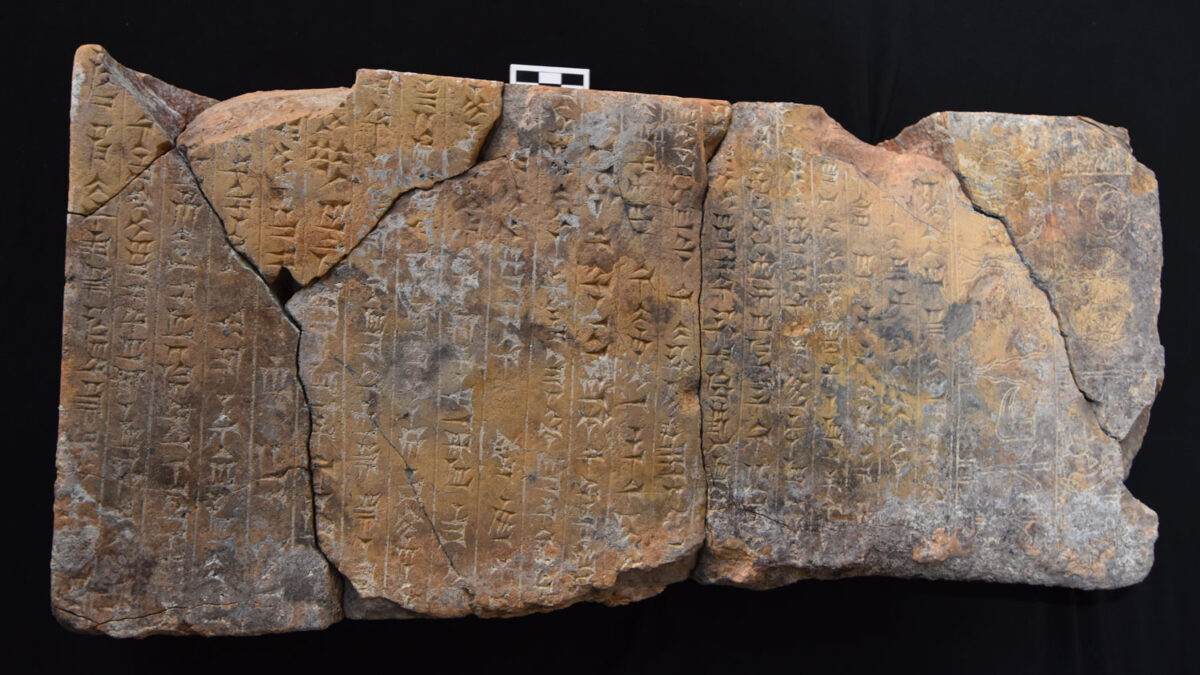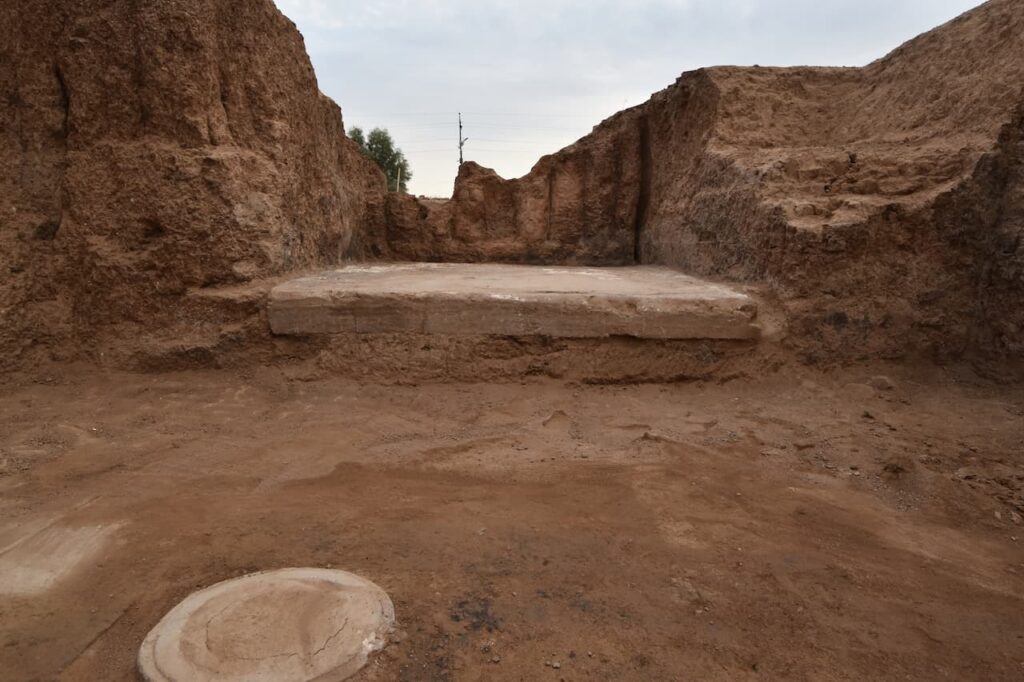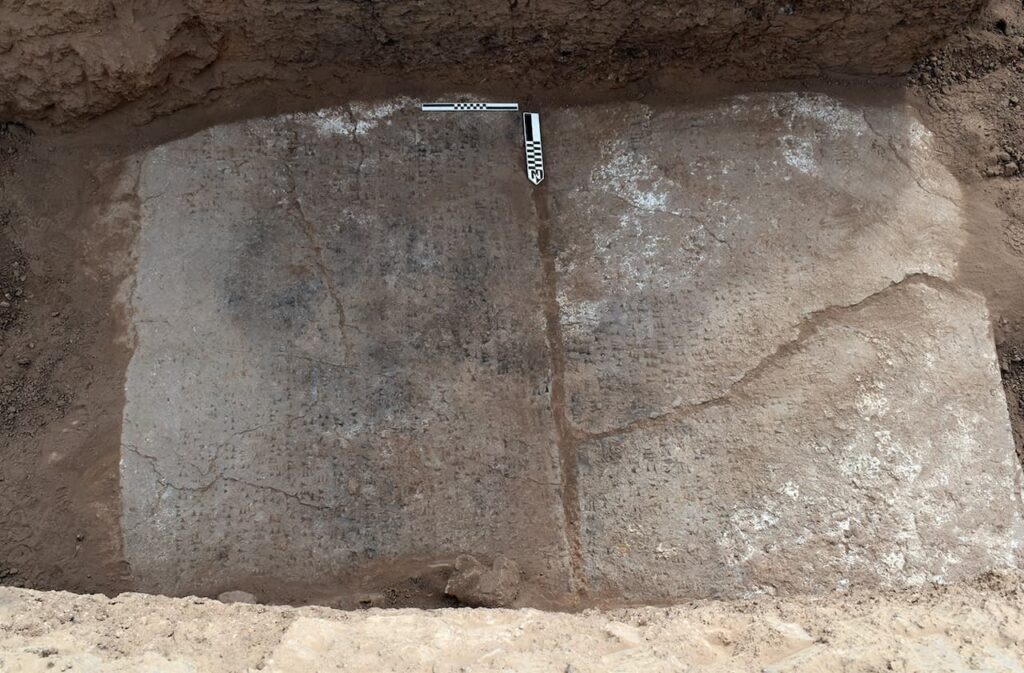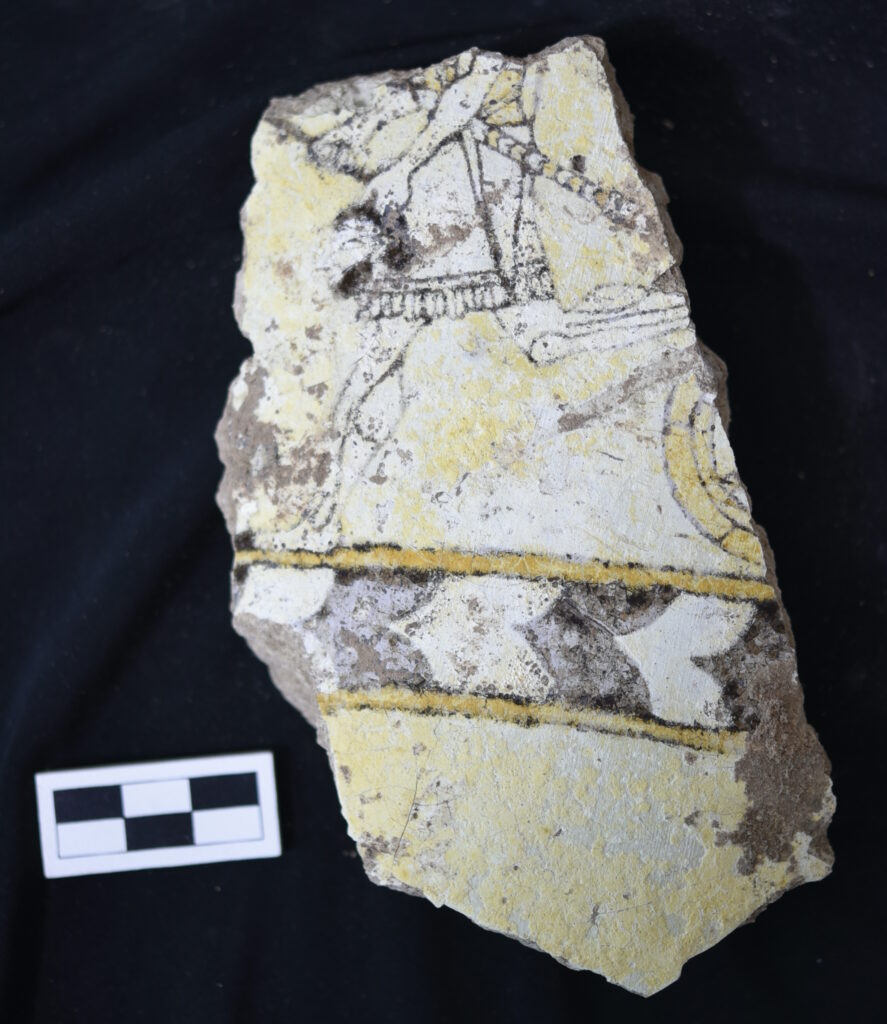
Very well-preserved temples were discovered in the Assyrian Ninurta Temple in Nimrud
Recent archaeological efforts at the ancient site of Nimrud, spearheaded by the Penn Museum in partnership with Iraqi archaeologists, have revealed two exceptionally well-preserved shrines within an Assyrian temple that was set ablaze approximately 2,600 years ago.
As part of the museum’s Nimrud Project, which is one of the initiatives under the Iraq Heritage Stabilization Program (IHSP) aimed at protecting vulnerable archaeological sites and restoring those affected by ISIS’s cultural destruction from 2014 to 2017, archaeologists have been excavating the Ninurta Temple and its ziggurat this year.
Nimrud served as the capital of the Neo-Assyrian empire during the reign of Ashurnasirpal II (883–859 BCE) and was known as Kalhu in Assyrian times and Calah in biblical references. The site holds immense historical importance as one of the earliest empires in history and is a vital part of Iraq’s cultural heritage, enhancing its archaeological value. However, between 2014 and 2017, ISIS inflicted significant damage on key monuments, including the famous Northwest Palace and the Temple of Ninurta along with its ziggurat.
A key feature of the archaeological site is the Ninurta Temple, dedicated to the Assyrian god of war and agriculture, which includes a ziggurat. The temple is believed to have been destroyed by fire around 614-612 B.C., a catastrophe that inadvertently contributed to the preservation of its structure and artifacts.
During the third season of the project, two new shrines were uncovered within the expansive Ninurta Temple. In the larger shrine, the team found a substantial stone dais, a low platform intended for the statue of a deity worshipped in the temple. This dais measured approximately 12 feet by 9.5 feet and bore a cuneiform inscription, likely attributed to King Ashurnasirpal II. The smaller shrine contained a dais that had suffered significant damage in antiquity.

Among the significant discoveries in the shrines are potential fragments of statues representing unidentified deities that were once placed on the pedestals. However, during the period between 614 and 612 BCE, as the Assyrian Empire was collapsing, invaders from Babylon (now in southern and central Iraq) and Media (ancient western Iran) ransacked and set fire to the temple, leaving behind only remnants of these statues and their ornamental features.
These findings highlight the crucial role of Ninurta in the state religion and underscore the temple’s remarkable wealth, despite the extensive looting and destruction it endured. The research team aims to piece together a detailed understanding of the religious practices associated with Ninurta, the formidable Assyrian god of war, as well as other closely related deities, during a time when the kingdom emerged as one of the earliest empires in history.

“The fire and abrupt collapse of the Ninurta Temple resulted in an extraordinary state of preservation. The team discovered preserved cedar wood that had been transported to Nimrud from the Lebanon Mountains for the temple’s construction—precisely as documented in the inscriptions by King Ashurnasirpal II, where he describes the building of the temple precinct,” states Dr. Michael Danti, Program Director of the IHSP. “The condition and arrangement of the artifacts strongly indicate that the shrines and their associated treasures were looted and deliberately damaged by the Babylonians and Medes prior to being set on fire.”
Dr. Danti notes that one of the most fascinating discoveries was a Kudurru, a stone monument inscribed with cuneiform in the temple, dating back to 797 BCE. This monument features symbols of significant deities and records a royal decree that granted the governorship of Hindanu, a region situated along the Euphrates River at the border of Syria and Iraq.

“The Assyrian king Adad-Nerari III (811-783 BCE) designated this strategic area to a governor named Nergal-Eresh of Rasappa, which is situated west of the Tigris and northwest of Nimrud in the Khabur River region,” Dr. Danti explains. “This inscription strongly asserts that Nergal-Eresh’s claim to his new territory cannot be contested. It concludes with an extensive list of curses for anyone who violates the agreement, damages the stela, or removes it from the temple.”
Researchers also uncovered well-preserved clay tablets inscribed with cuneiform in Assyrian (a dialect of Akkadian), which provide insights into the temple’s economic activities, including records of silver loans and asset inventories. Additionally, they found a note written in Aramaic, a language and script that became widely used during the later Assyrian Empire.
Among the other artifacts recovered during the excavations were a stone bowl embedded in the brick floor of the shrine, likely utilized for pouring libations during religious ceremonies, a sculpted head of a griffon, fragments of glazed pottery and stone tablets, carved ivories, and jewelry. The diverse array of object types, materials, and artistic styles reflects the growing wealth of the Assyrian Empire, as well as its extensive military conquests and trade networks.
Cover Image Credit: Cuneiform inscriptions on a Kudurru (stone monument), dating to 797 BCE, discovered by Penn Museum and Iraqi archaeologists at Nimrud, Iraq (2024). Credit: Penn Museum.
You may also like
- A 1700-year-old statue of Pan unearthed during the excavations at Polyeuktos in İstanbul
- The granary was found in the ancient city of Sebaste, founded by the first Roman emperor Augustus
- Donalar Kale Kapı Rock Tomb or Donalar Rock Tomb
- Theater emerges as works continue in ancient city of Perinthos
- Urartian King Argishti’s bronze shield revealed the name of an unknown country
- The religious center of Lycia, the ancient city of Letoon
- Who were the Luwians?
- A new study brings a fresh perspective on the Anatolian origin of the Indo-European languages
- Perhaps the oldest thermal treatment center in the world, which has been in continuous use for 2000 years -Basilica Therma Roman Bath or King’s Daughter-
- The largest synagogue of the ancient world, located in the ancient city of Sardis, is being restored











Leave a Reply